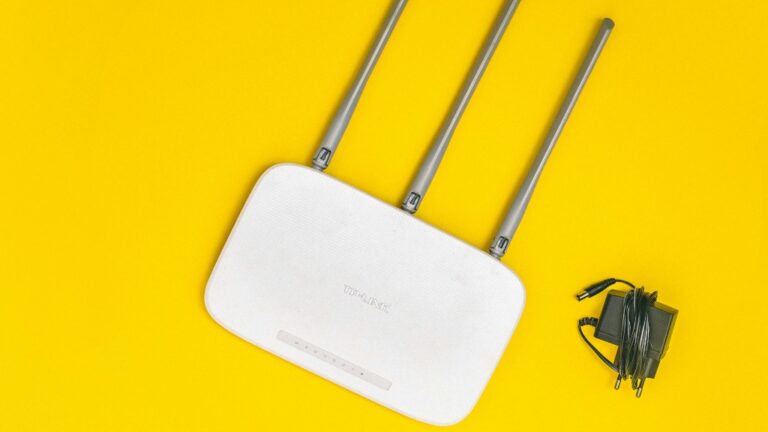question: Do you have any advice for choosing the best location to place my wireless router?
answer: For items like security cameras, placement is important, depending on the size of your home and how far you want the signal to be available outside your home.
Start by choosing a somewhat central location, assuming power outlets are available.
If you live in a two-story house, installing it on the second floor will improve the overall coverage. If you live in a one-story house, it’s also a good idea to place the router on a shelf or as high as possible.
A big mistake is hiding your router in a cabinet or trying to shove it behind something so you can’t see it. This can cause both coverage and thermal issues and shorten device life.
Obstacles to Wi-Fi signals can range from thick walls, other wireless electronic devices, appliances, heavy furniture, fish tanks, and large mirrors.
Placement isn’t an exact science, so testing different locations is an effective way to find the best spot in your home.
windows
If you want to use your Wi-Fi signal outdoors, it’s helpful to place your router near a window. If not, avoid windows so the signal is concentrated into your home.
If you place your router near a window, direct sunlight can cause your device to overheat, and if the frame is made of metal, it can cause unwanted reflections of your wireless signal.
metal objects
Metal items, especially if large or thick, can block the passage of Wi-Fi signals or cause reflections.
A typical mistake is to place the router on top of a metal filing cabinet in the office. This can complicate the signal and cause thermal issues.
antenna adjustment
Purchasing a router with external antennas gives you some additional options to experiment with the location of each antenna.
Try a combination of vertical and horizontal positions to see if that improves coverage of problem areas.
Update the router firmware
As with any device, performance and security updates are available for your router, so make sure you have the latest firmware. If you’re not sure how to do this for your specific device, Google search for “firmware update for XXXXX” including your brand and model number.
2.4 GHz and 5 GHz
Routers transmit signals on two different frequencies, which can affect the performance of connected devices.
Unless you’re transferring large data files between devices or streaming high-resolution video on a large screen, the lower 2.4 GHz frequency is better for long-distance connections.
In most cases, a lower frequency speed limit is still faster than the actual Internet connection in most homes and sufficient for basic web surfing.
If you experience consistent performance issues when trying to connect on 5 GHz, try switching to a 2.4 GHz signal.
If you’re connected close to your router, the benefits of the 5 GHz band include faster transmission speeds and less interference from other electronic devices.
If you have a large home, consider upgrading to a range extender or mesh network.


